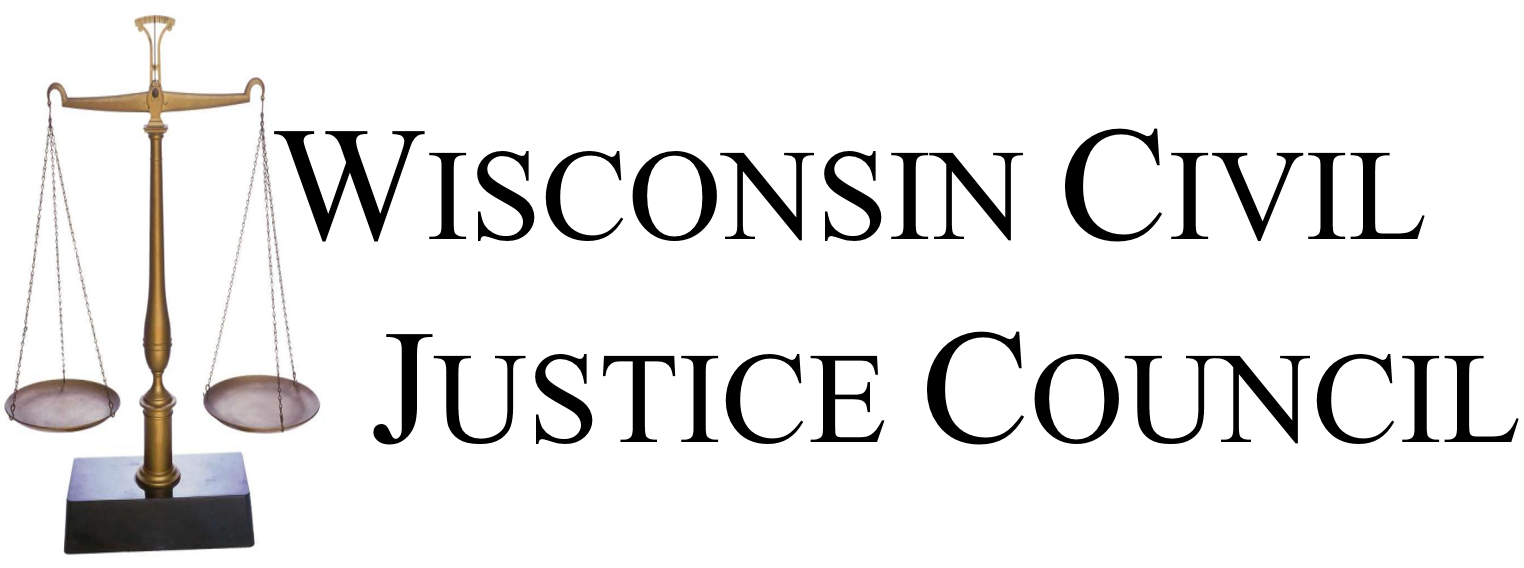In Arty’s v. DOR (2017AP886), the Court of Appeals District IV sided with the Department of Revenue’s (DOR) interpretation of the liquor occupational tax on a company producing premixed cocktails. The court also upheld the constitutionality of the tax’s structure.
Arty’s produces bottled premixed cocktails. First, it buys distilled spirits from a distillery. Then, it mixes the spirits with other nonalcoholic ingredients and bottles the product to sell to wholesalers. Wholesalers then sell the bottles to retailers. The premixed bottles are 6.9 percent alcohol by volume.
The questions before the appeals court included:
- When does Arty’s incur tax liability under Wisconsin’s liquor occupational tax (Wis. Stat. § 139.03(2m))?
- How much of Arty’s final bottled product should be taxed?
- Is the structure of the liquor occupational tax unconstitutional?
Under the first question, the court determined that Arty’s incurs tax liability when it sells its mixed bottled product to wholesalers. The court decided that Arty’s is a “rectifier” defined in Wis. Stat. § 125.02(16)(c) because it mixes spirits with nonalcoholic ingredients. Wis. Stat. § 134.04(4) says no taxes are levied in transactions in bulk between manufacturers (i.e. the distilleries) and rectifiers (i.e. Arty’s). Because Wisconsin law states that liquor taxes are levied at the “time of the first sale” (Wis. Stat. § 139.06(1)(b)), the court reasoned that the § 134.04(4) exclusion forced the transaction between Arty’s and wholesalers to be the “first sale” where tax liability is incurred.
Under the second question, the court determined that Arty’s tax calculation should include the entire content of the bottle, not just the alcoholic portion. The structure of the liquor occupational tax creates three categories of alcoholic beverages, each taxed at a different level: intoxicating liquor (defined as beverages with 0.5 percent or more alcohol by volume, excluding fermented malt beverages), wine, and fermented malt beverages. DOR considered Arty’s products in the highest-taxed intoxicating liquor category. While Arty’s argued the statues are ambiguous as to whether the nonalcoholic and alcoholic portions of each beverage should be taxed, the court agreed with DOR’s taxation of the entire content of the bottle.
The court also rejected Arty’s constitutional equal protection challenge of the tax structure. The court determined that the legislature had a rational basis in creating and taxing differently the three classes of alcoholic beverages based on type of liquor rather than alcohol content because the current structure is easier to enforce.
